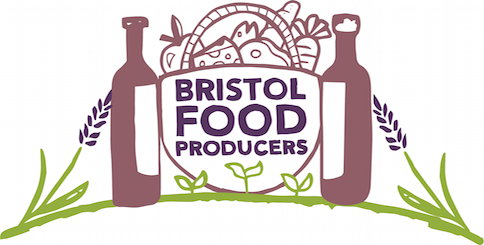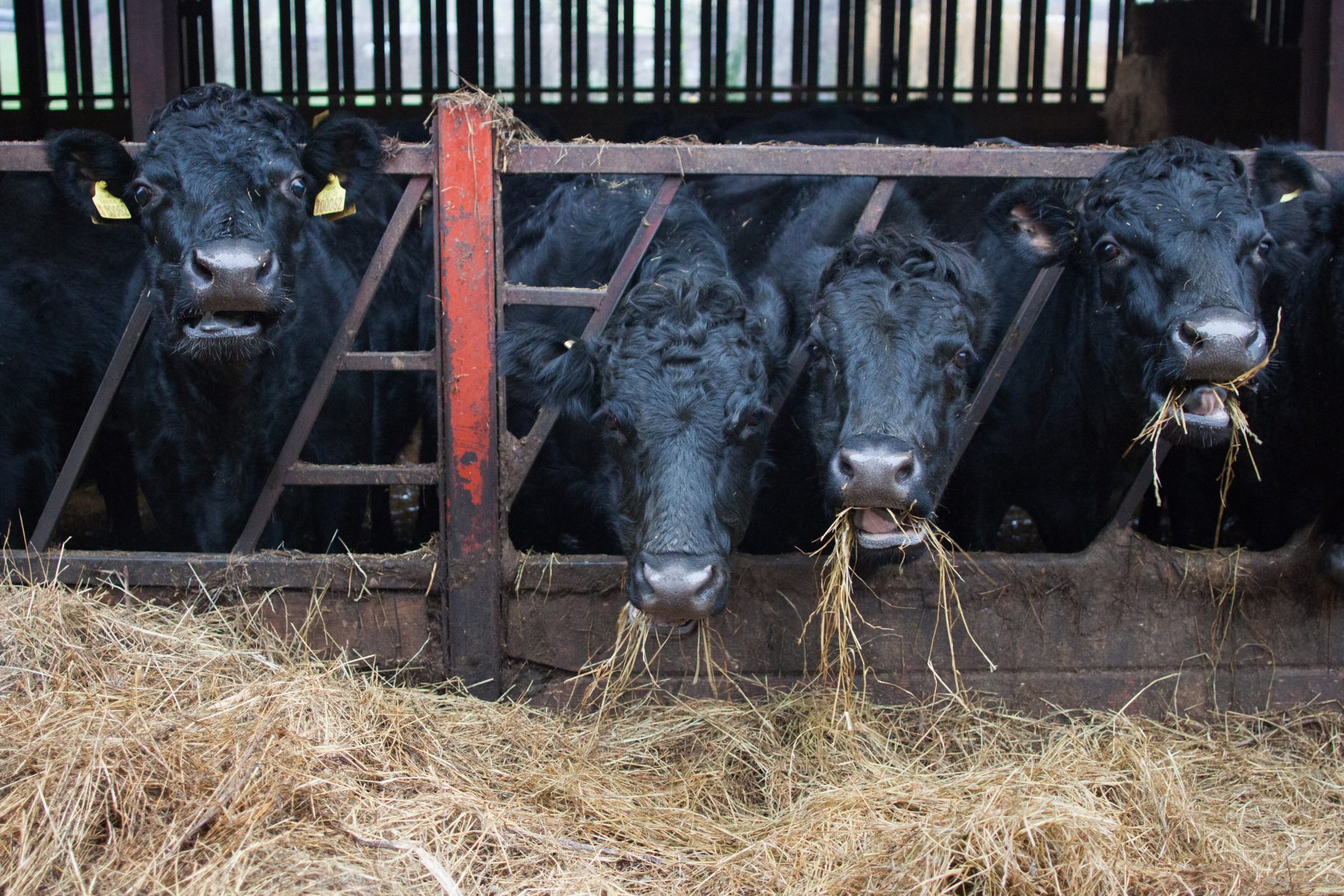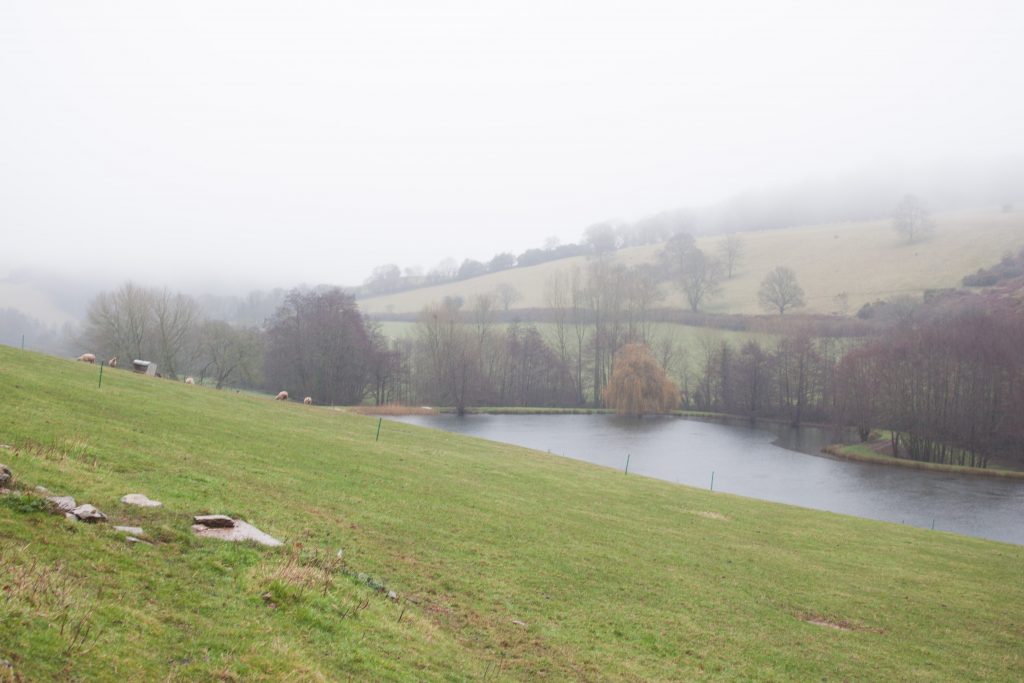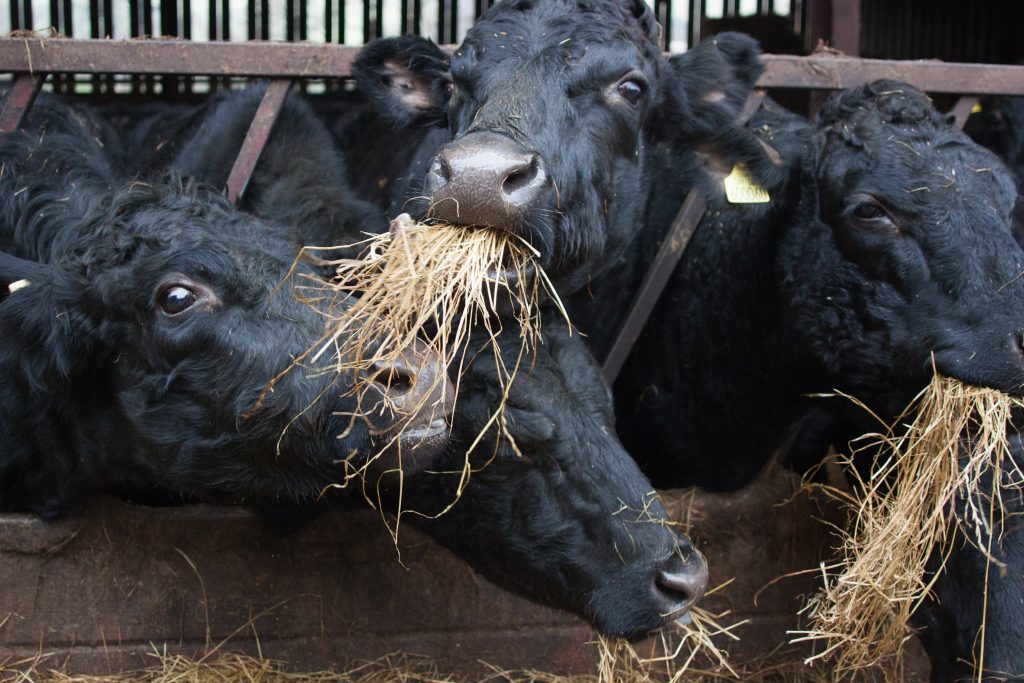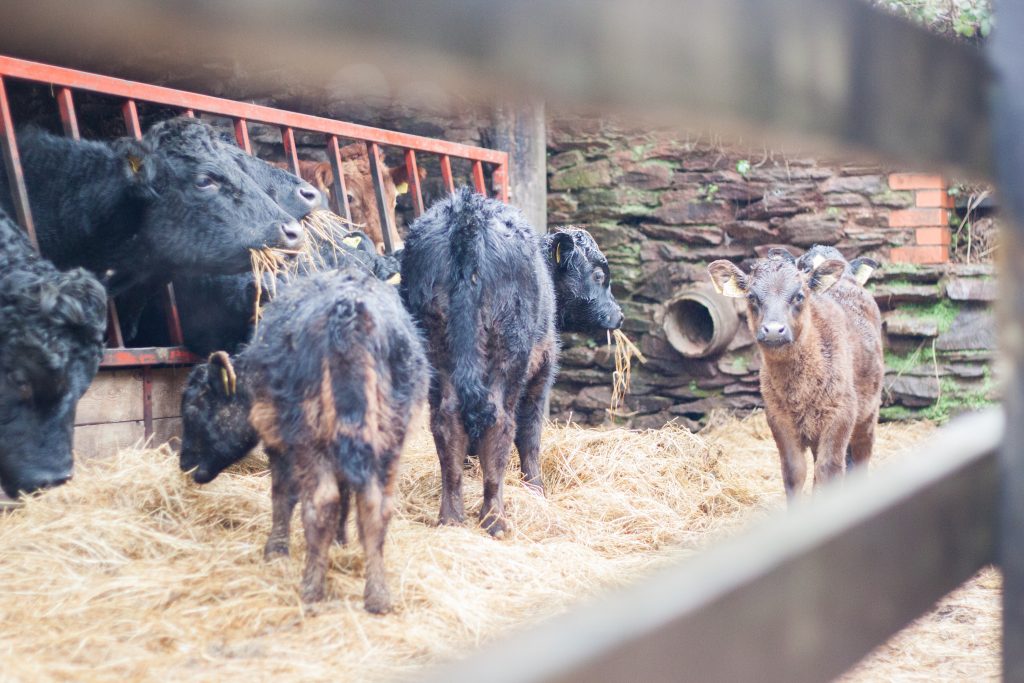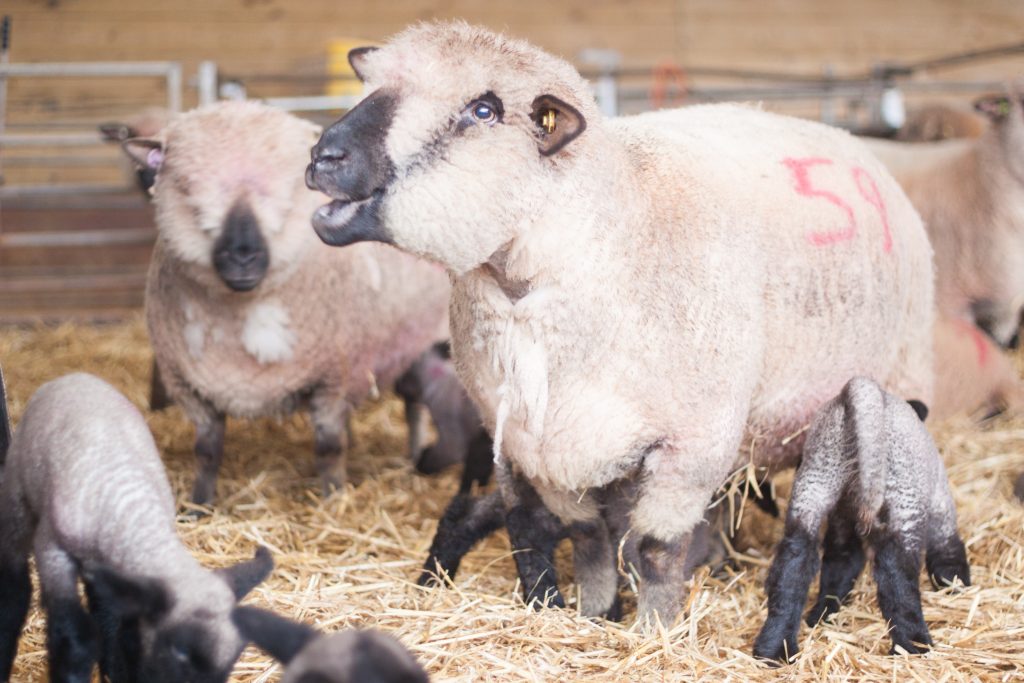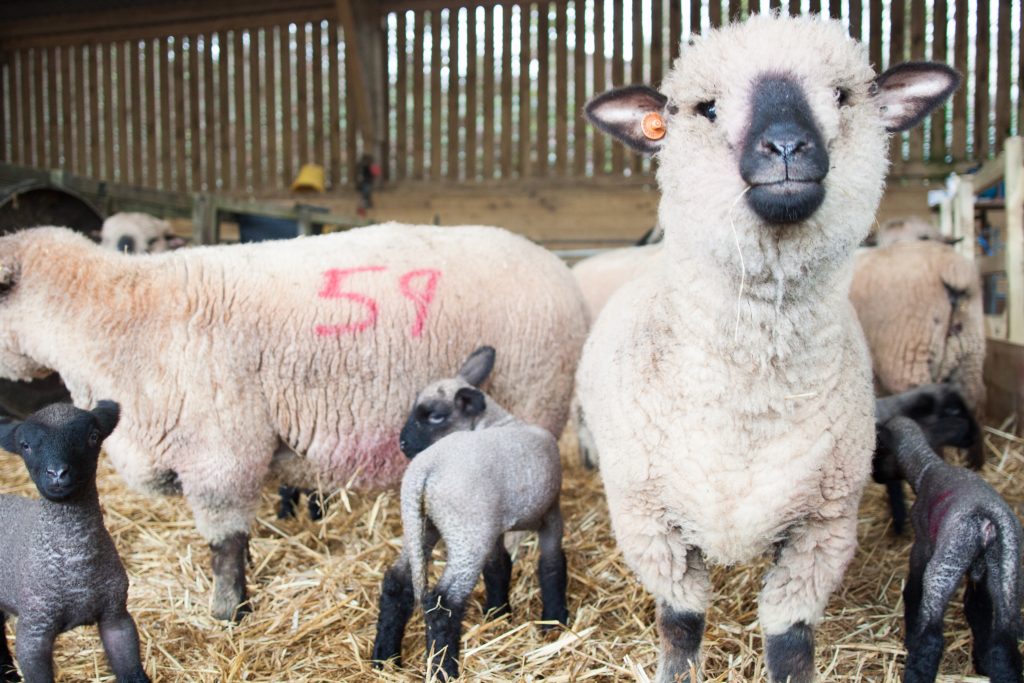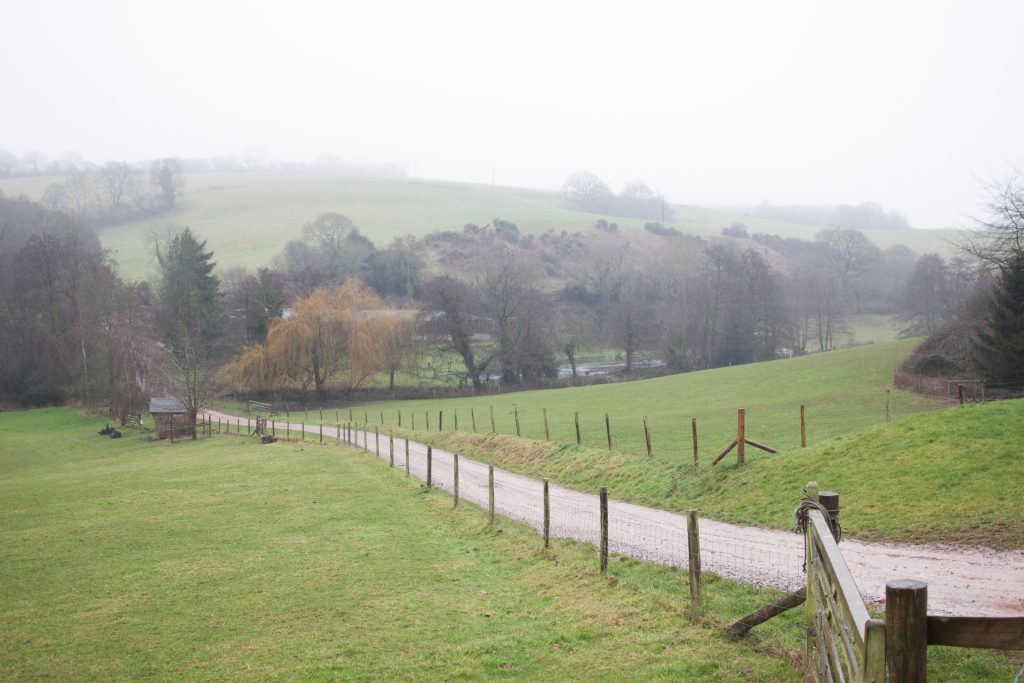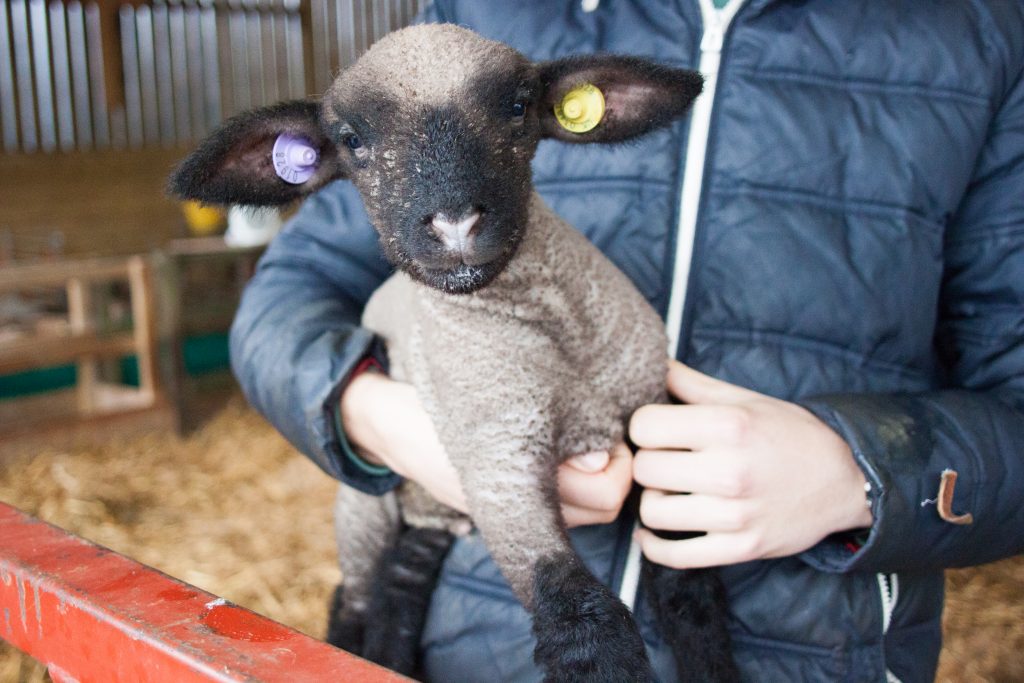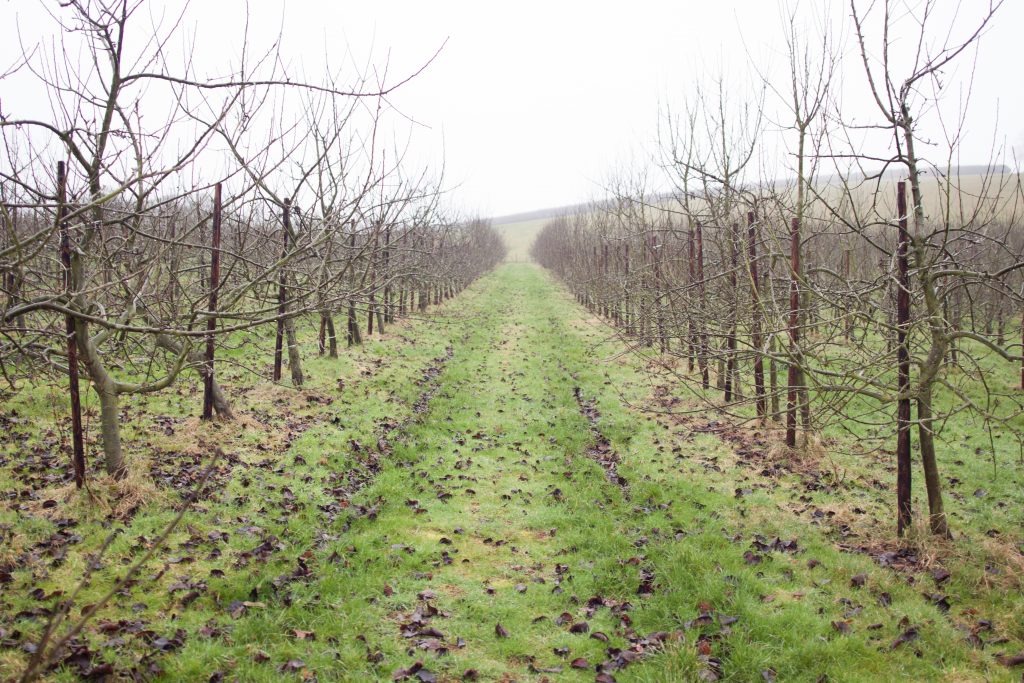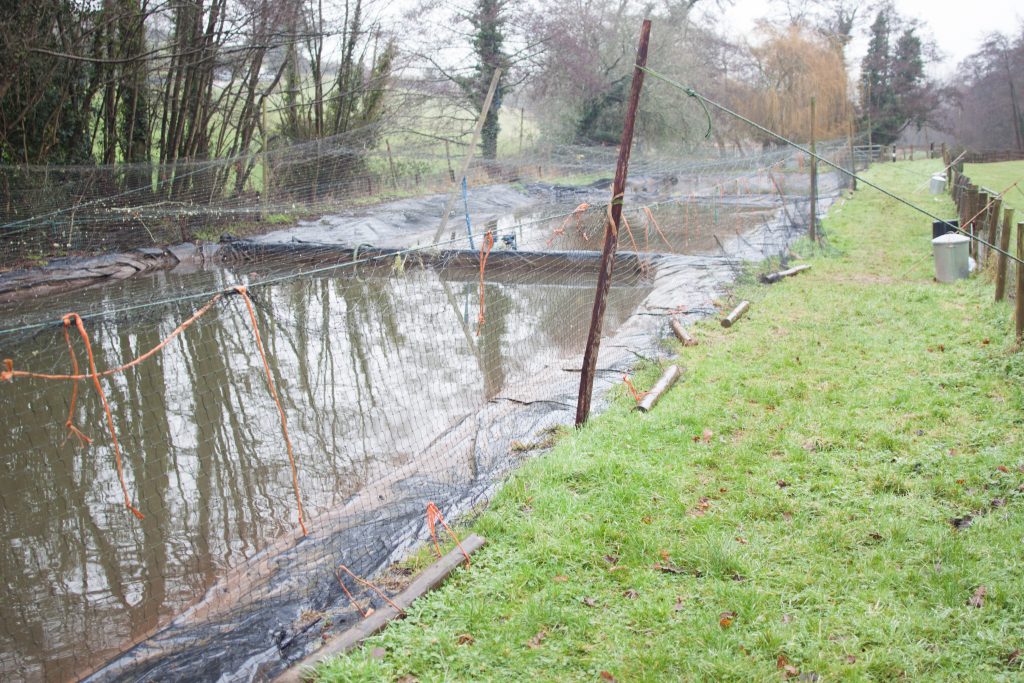This post has been reposted from The Locavore website with permission:
Working in local food for the past year, I’ve learnt a lot about the wider challenges in the agricultural sector. One of the most pressing is the subject of land access, especially for new entrants to farming. With agricultural land prices trebling in the last decade, it makes starting a new enterprise out of reach for many people. Over the months I’ve found out about a number of different ideas and models, but one of the most interesting is the Share Farming approach taken by a farm down in the Quantocks, and so when other adventures took me almost to their doorstep, it seemed like a perfect opportunity to find out a bit more about Stream Farm.
It’s a grey and rather dismal January day when I pull up to the farm, a light drizzle greeting me as I step out of the car. Despite the rain, I stop to admire the view, the farm sitting in a beautiful valley surrounded by lush rolling hills, peppered with sheep. A few birds sit on the lake at the bottom, unbothered by the weather. The rain gets the better of me though, and I make my way to the office and am warmly greeted by James who owns the farm, and Sam who helps keep all the separate enterprises running smoothly. Within a few minutes it’s obvious that James is an expert on the issues facing the farming sector at the moment; talk flits easily from subsidies and Brexit, to the impact of potential trade agreements with the USA and rising land prices.
We eventually turn the conversation around to Stream Farm. James and his wife Henrietta bought the 250 acre farm back in 2002, aiming to look at tackling some of the issues that have resulted in the decline for rural communities. “It’s only a very short time ago that whatever you produced as a farmer, you could take to the end of your drive and sell, and you would make a livelihood,” he points out. Touching on issues with the supply chain and the dominance of supermarkets, he talks about the current challenges in creating a livelihood off the land. “The alternative has to be to create something different, which is so obviously attractive that people think that they can do it all over the country.” So they set out to create an alternative farming model that would be replicable elsewhere.
Coming down from London, they spent a couple of years learning the farming business themselves. “When we arrived there were 25 cows and 25 sheep,” he begins. The farm wasn’t organic at that point, but the conversion was always inevitable. “I knew we had to go organic; I’m a child of Silent Spring!” he points out. “I kept it as it was for a year to see what actually happened. And the answer was that we went out often enough with white wellies, white overalls, white masks, white goggles, white gloves, putting on stuff from a tin with a skull and crossbones on it.” He pauses for a few moments. “It was obvious that this couldn’t possibly be ok. So at the end of that year we began to convert to organic, and on some of the fields we saw the change within a single crop.” I ask about the changes; “Suddenly we saw the worm burden burst forth again, you saw the birds come back, you saw the hare return. It was just extraordinary,” he explains, smiling.
The first enterprise they scaled up was the cattle, and they stuck with the Dexter breed that was on the farm when they arrived and increased to around 150 cows. “Dexters divide very well into 8 boxes, of a good size for a family.” This box scheme has formed the basis of their meat operation, with the £149 boxes containing a variety of cuts. “The boxes are priced over a hundred pounds less than the equivalent premium organic from Waitrose or Sainsburys,” he points out, showing the benefit of buying in this way. The Hampshire Down sheep was the next to be increased to its current flock of around 300, and is sold in similar fashion with a half lamb box coming in at around £80-90.
The third business on the farm is the organic chickens, and they sell around 125 free ranging Devonshire Gold chickens each week direct to customers or restaurants. “I’m quite happy to explain why one of our 2kg chickens, which will cost around £15, is good value,” James explains. “You’re not going to find that 30% disappears when you roast it and you are going to find that it’s going to give you three good meals.” They’ve also got around two and a half acres of apple orchard; 925 trees of 5 different varieties that produced about 800 cases of apple juice last year. They’re working on a spring water enterprise too, selling still and sparkling water from a spring they discovered on the farm. Not to forget the rainbow trout raised in ponds on the farm, from which they sell fresh fish or smoke them in the smoker they built out of an old caravan they bought on eBay. They’ve just started producing honey and are looking at a potential crayfish enterprise to compliment the trout business, and the possibility of eggs is always running around the back of James’s mind. In short, there’s a lot of potential.
The produce itself is wonderful, but the most interesting thing is the fact that each enterprise is run through a Share Farming arrangement between James and Henrietta, and the people running each enterprise. “The model that we chose to establish therefore was an umbrella common brand, which is of such a caliber that people hear of it and know what it stands for, and then under that brand to have large numbers of small businesses, all helping each other out.” He pauses; “They run their own show through a share farming agreement, and take a proportion of the gross income which covers a livelihood for a family of four, somewhere between the national average and the Somerset average income.” For some of the enterprises they’re at the point of supporting a full livelihood, while others are still a work in progress. It’s fascinating to listen to James talk; his choice to come at farming from a more business focused angle while still respecting the environment makes for interesting listening.
I ask James why the model works. “I don’t think it’s any different from the old village model,” he explains, “Because all the businesses share all the land and all the kit, and they rotate as they did in strip farming because that’s part of fertilising the fields. We help each other out all the time; if there’s a sudden order for 100 fresh trout each week for the spring menu of one of the restaurants then we’ve all got to get on gutting, and we all help out cleaning the barns for the beef cattle twice a week.”
It’s also intended that people only stay for long enough to learn the business, and are then replaced by a new generation of budding entrepeneurs. About 20 people have come through the farm in the last 15 years, and while James suggests two years as the ideal amount of time for people to pick up the business and a year as the minimum, some people stay longer. James admits that while the farming education side is important, the greatest success has been that people have left understanding the business side of things. Sam chips in at this point; “They learn skills here that are very useful. The last chicken farmer from here now runs a successful small joinery business. He built four of the chicken sheds we have, and as his time went on it was clear he was really talented at that, so it was a real springboard. And now he’s doing really well!”
They’re passionate about making their model replicable elsewhere; “Nothing that we’re doing is very complicated,” James explains. “I think now we’ve got this model sorted, people who know more about farming can definitely make it work better than I can! We’ve got the shape of it, and this can now be taken up by anyone with quite a lot of land pretty easily.” He stops to take a drink of tea and looks around the organised office, phone ringing in the background. “My interest isn’t in farming, my interest is in the regeneration of rural communities, and getting this model out there is the way to achieve that. In fact we’re trying to create ‘suitcases’ so that you can pick up all that you need to start a chicken business and you know that in that suitcase there’s answers to the question such as ‘how much land do I need?’, the paperwork you need etc,” he tells me.
Stomachs start to rumble as lunchtime approaches. While James goes to check on progress, Sam takes me out to see the newest arrivals on the farm. It’s lambing time and there’s an assortment of tiny lambs bouncing around in the barn. He hops over the barrier to grab a lamb who’s bleating loudly in one of the pens; it turns out to be a bottle fed lamb who’s associated our arrival with the hope of a meal. I get a cuddle of the soft, gangly legged creature for a few minutes before we head in for lunch. I’ve arrived on a fortuitous day as Mondays are when everyone gathers together for lunch. Henrietta has cooked up a couple of beautiful big quiches with some of their own smoked trout, and we pile our plates high with this, salad and warm bread. There’s a lovely sense of community around the huge table with plenty of laughter and warm conversation.
After lunch I ask the trout farmer Simon if he will take me down to see the ponds. “We get the trout in as fingerlings from a place about half an hour away,” he explains as we walk down the driveway. “They go into the ponds, and literally it is just stream fed. We have two filter ponds at the top where the water comes in from the stream and we pass it through two holding ponds and then some barley straw. It comes into the ponds and goes through.” We arrive at the ponds, and he continues his explanation. “There’s about 900 fish in each of the ponds at present. And so we just grow them on and stagger it. We feed them organic food, but we can’t sell them as organic was we don’t have a local source of organic fingerlings, but it does come through in the flavour.” I ask how many fish they sell a week. “It depends!” he says with a smile. “We can do 64 fish in the smoker, and fresh, as many as we need. It takes a few months to grow to plate sized, and a little longer for the ones we smoke.” He’s been doing the trout for just over a year and enjoys it. “It’s quite simple, and it seems to work. Sometimes producing organically really fits with small and more varied farms,” he points out with a smile.
I go for a quick wander in the orchard, admiring its beautifully straight lines of trees through a fine mist of drizzle, and on my way out I pop by the barn to witness the twice weekly clean out, when during the winter everyone drops tools and picks up a pitchfork to clear out the cows. A job that would take one person all day is achieved in just over an hour with a full team. It’s a calm activity as everyone knows their role and tractors and people move around each other with ease. It’s a great moment to witness the Stream Farm model in action; cooperation and community at work.
Find out more: www.streamfarm.co.uk
